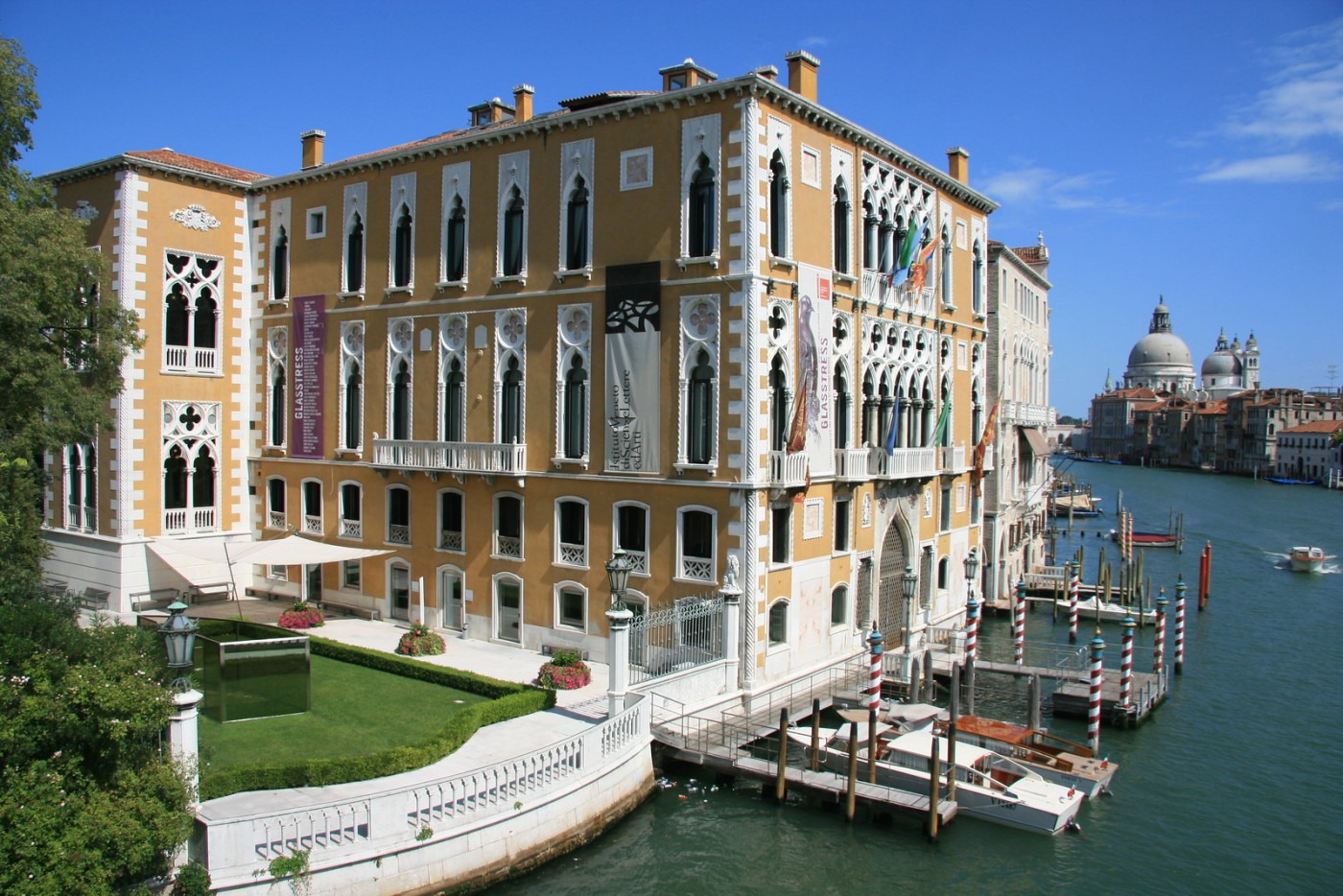Warwick Venice Centre research project to revolutionise museum exhibitions
The University of Warwick has announced a research project in collaboration with Ca’ Foscari University of Venice which hopes to change the way people interact with historical artefacts in museum exhibitions.
The programme is centred around scanning historical artefacts dated to the Ancient Roman and pre-Roman eras of Venice.
It is hoped that once scanned and analysed, these objects could be recreated through 3D printing or virtual reality (VR) technology. Visitors would then be able to handle artefacts and inspect them up close.
This scanning technology has truly exciting possibilities … and we were delighted to be able to assist our Venetian colleagues in bringing a small section of their history to life
Professor Mark Williams, Head of CiMAT
Researchers from Warwick and Ca’ Foscari presented their initial findings to a conference in Venice on November 24. So far, their work has focused heavily on artefacts from the ruins of Altinum, an ancient Roman trading centre.
Over 30 objects of religious significance have been the focus of the project, including items relating to the Venetii.
The items have been handled by engineers from Warwick Manufacturing Group’s (WMG) Centre for Imaging, Metrology and Additive Technology (CiMAT) and were scanned using advanced imaging technology.
Professor Mark Williams, Head of CiMAT, said: “This is an excellent example of universities working together, including across the arts and sciences.
“This scanning technology has truly exciting possibilities, including for the future of historical learning and we were delighted to be able to assist our Venetian colleagues in bringing a small section of their history to life.”
Associate Professor Lorenzo Calvelli, a historian at Ca’ Foscari University, said: “These artefacts represent the very beginnings of Venice from over two millennia ago, and we are very pleased to be able to bring this history to a wider audience, both here in Italy and in the UK.”
The project marks the latest collaboration between the two universities, with Warwick having first opened a base in Venice in 1967.
Warwick has famously run a popular in-situ research term for History and History of Art students studying the Renaissance, with which Ca’Foscari is closely involved.

Comments